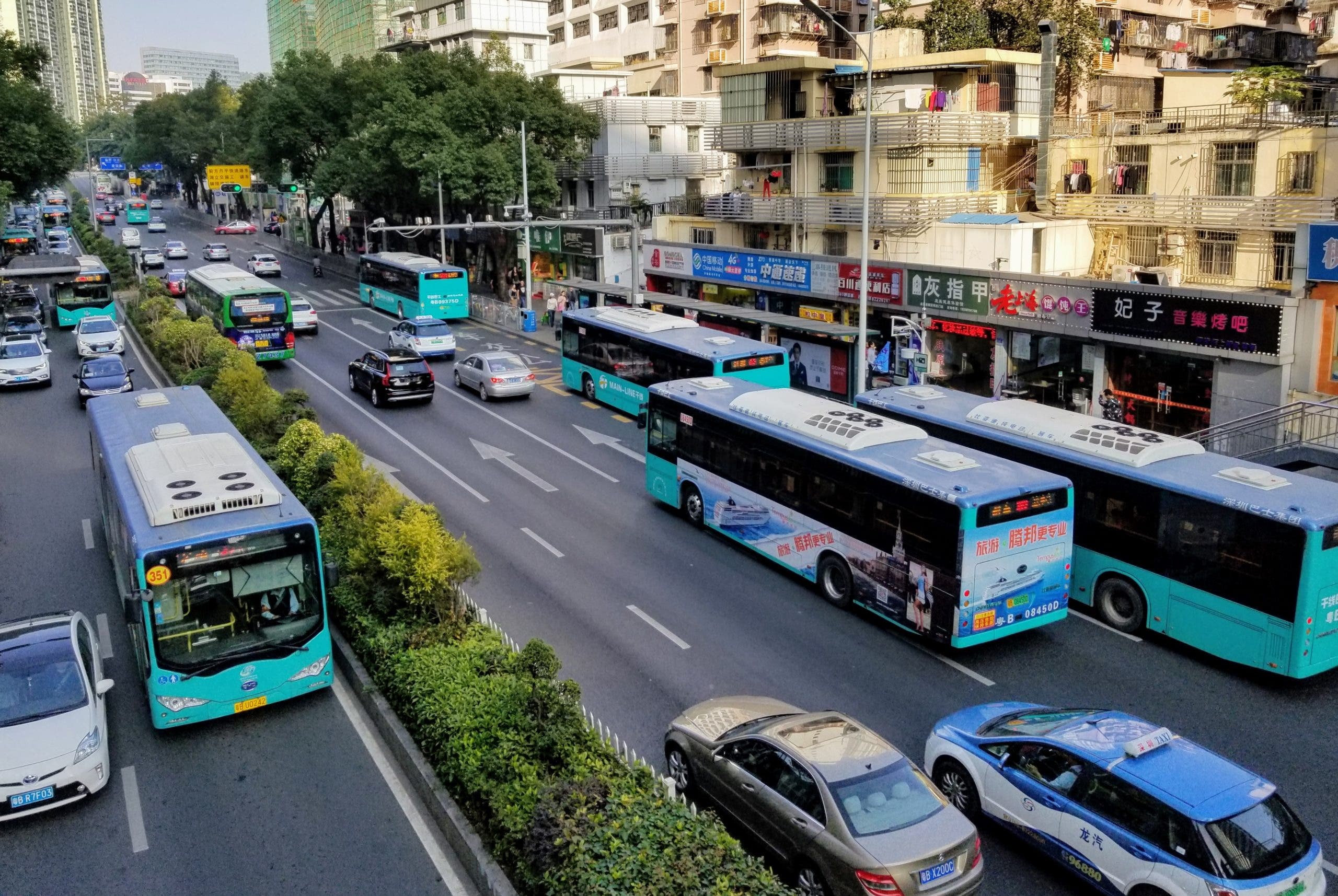As cities, states, and countries slowly start to open back up, many governments are reassessing transportation. As travel habits have been disrupted, there is the opportunity to influence and shape the future of commuting and transportation.
With social distancing guidelines, public transportation may no longer be a viable option for most people. For instance, the UK recognized that public transportation capacity will be decreased by 90%. Governments are considering what happens for everyone else who used to take public transportation.
If everyone decides to shift towards driving private vehicles, cities and streets will face more than normal levels of gridlock and air pollution. When China started to reopen in April, cities like Shenzhen and Guangzhou already had higher levels congestion compared to last year. Looking at the US, according to this Vanderbilt study, many city residents will likely spend additional time in traffic, ranging from 70,000 – 5,800,000 added traffic hours per day.
Governments are influencing transportation to avoid increased congestion and carbon emissions. The most common solution for the time being is to incentivize residents to walk, bike, and take other alternative modes of transportation.
Some cities have started this process by opening up miles of streets to pedestrian use only – New York City is aiming to open 100 miles of streets, meanwhile Oakland is opening 74 miles of streets. Internationally, the UK announced a £2b package to put cycling and walking as the central focus of their transport policy.
These streets will give pedestrians and cyclists more space to enable social distancing. Wider walkways will facilitate a local economic recovery, as people will be able to safely line up to enter stores. Additionally, reducing vehicle traffic will allow more people to safely walk and bike daily.
Now is the time for cities to capitalize on the opportunity to influence local transportation, before the number of people going back to work increases. It will be easier to make changes to residential travel patterns now, with a minimal number of people commuting. Making these changes now will establish a framework for people, minimize the number of cars on the road, and reduce emissions.
About The Author

Daniel currently works at Lawrence Livermore National Laboratory. His original assignment was to maintain and update facility safety documentation for all facilities on-site, and perform risk analysis. Over time, his role has expanded to leading continuous improvement efforts through product management.
Concurrently, Daniel volunteers with Techstars, helping organize startup weekends, and with the American Institute of Chemical Engineers, organizing events on the local and national levels of the organization. He also volunteers with One World, and previously with Powerhouse Ventures, to source and screen startups for potential investment.
Daniel holds a BS in Chemical Engineering from UC Davis, and recently completed coursework in energy innovation from Stanford. His passion is at the intersection of sustainability, innovation, and business.

